Ishiyamadera and Other Sites Connected to “The Tale of Genji” in Shiga Prefecture
Newsfrom Japan
Travel History- English
- 日本語
- 简体字
- 繁體字
- Français
- Español
- العربية
- Русский
The Tale of Genji, written more than 1,000 years ago, is said to be the world’s oldest novel. The book and its author Murasaki Shikibu are particularly associated with the former imperial capital of Kyoto and surrounding areas like Uji. There are also sites connected to Murasaki in nearby Lake Biwa and elsewhere in Shiga Prefecture. We introduce some of these below.
Ishiyamadera (Ōtsu)
The temple of Ishiyamadera in Ōtsu, built in the eighth century, was a popular place for aristocrats and the literati to make pilgrimages to during the Heian period (794–1185). A well-known story has it that after Empress Shōshi ordered Murasaki to write a new tale, she spent seven days at the temple in prayer. She is said to have had the idea to write The Tale of Genji while viewing the full moon in a room in the temple’s main hall.
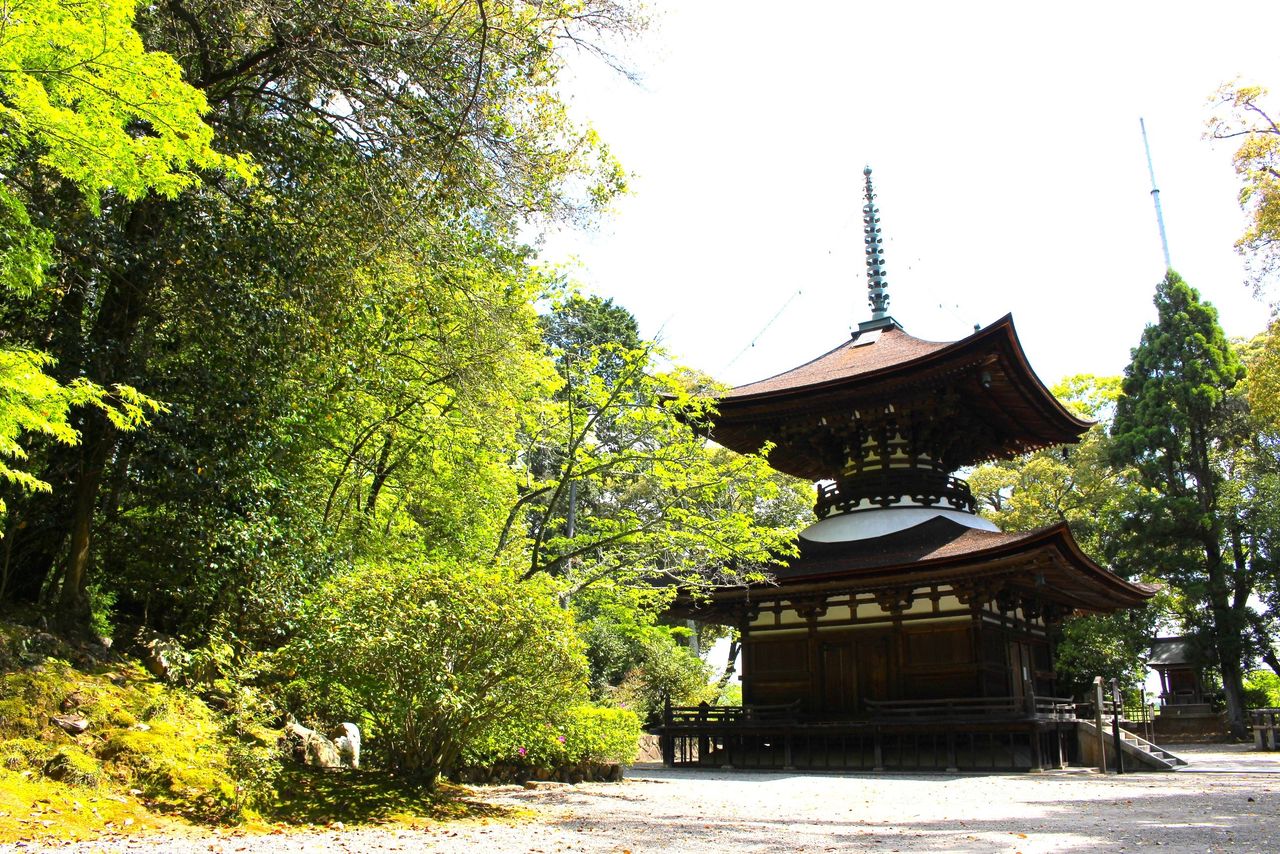
Tahōtō, the two-storied “many-jeweled pagoda,” at Ishiyamadera is a national treasure. (Courtesy Shiga prefectural government)
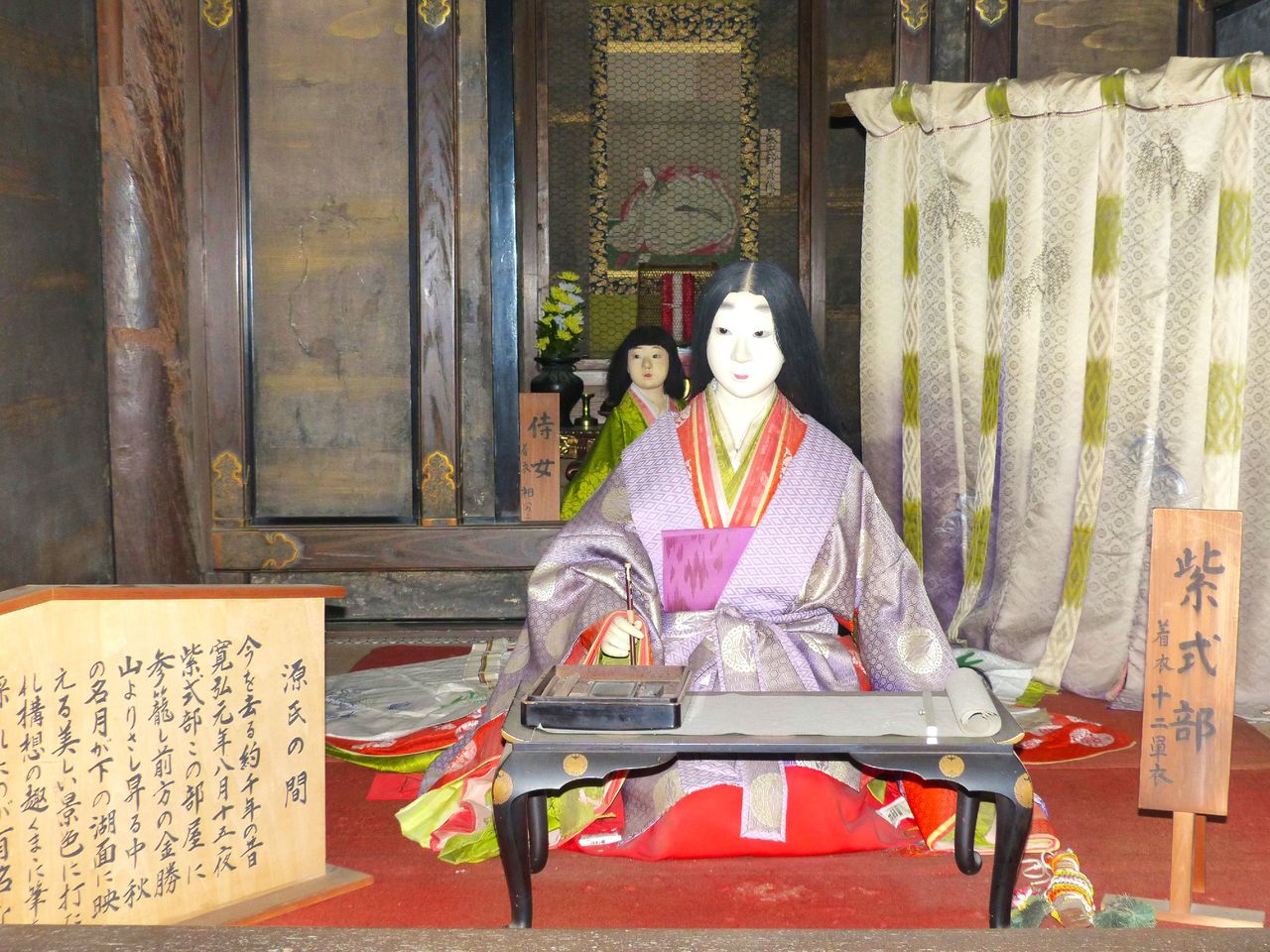
The Genji-no-ma at Ishiyamadera is said to be where Muasaki was inspired to write her masterpiece. (Courtesy Shiga prefectural government)
The temple has gained national attention with the airing of Hikaru kimi e (Dear Radiance), a historical drama series about Murasaki Shikibu by national broadcaster NHK. A special exhibition hall features video interviews with the stars and footage of the making of the series. Clothing and other props convey a sense of Heian culture and the lives of its women writers.
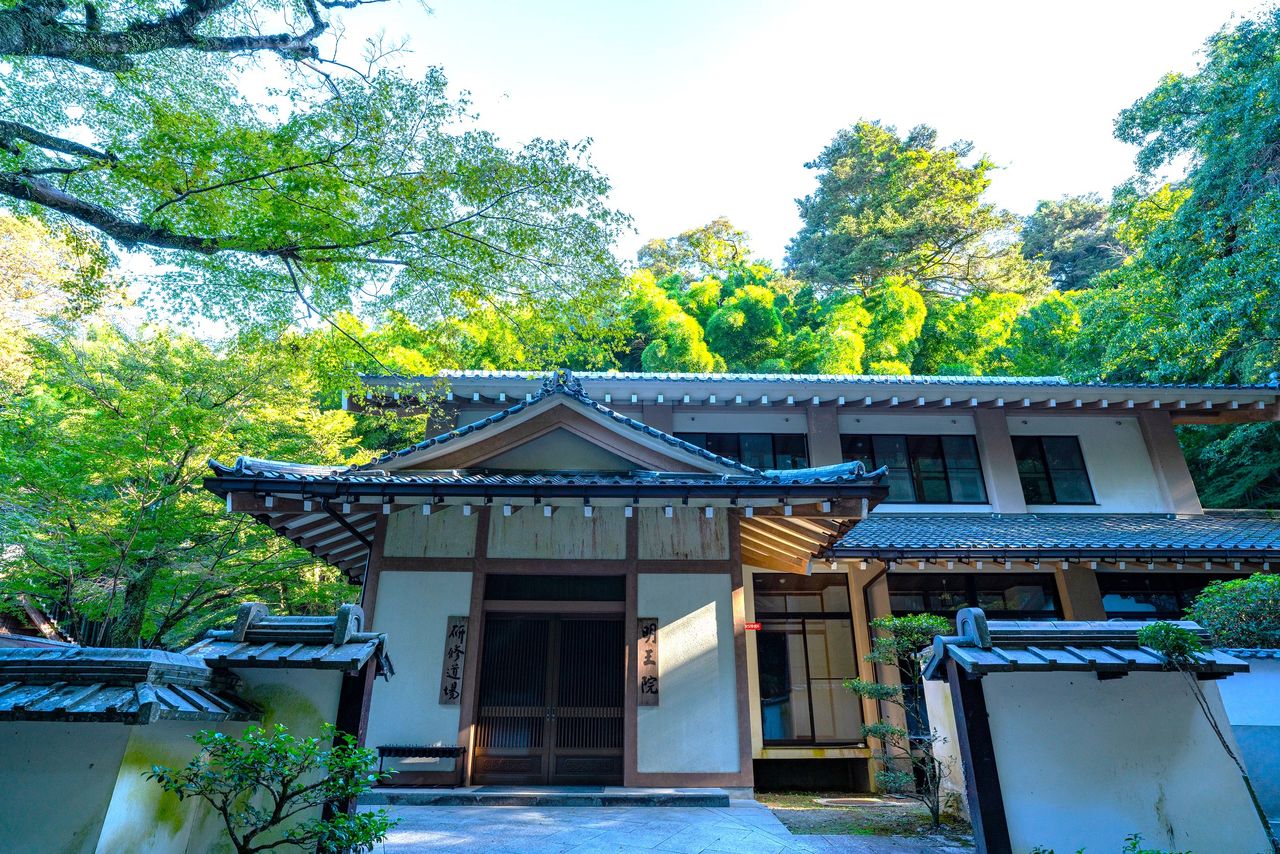
The Dear Radiance exhibition takes place at Myōōin within Ishiyamadera and will run until January 31, 2025. (Courtesy Shiga prefectural government)
Another exhibition at the temple features a collaboration between illustrator Hinano and music group Atarayo, themed around the topic of love in the world of The Tale of Genji, expressed in a contemporary style through color, smell, and flowers.
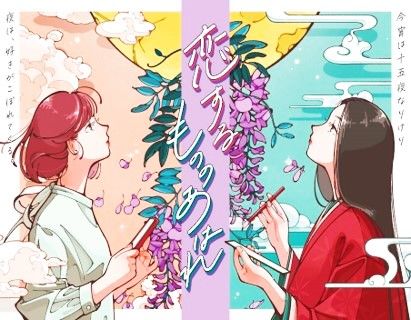
The Tale of Genji: Mono no Aware. The collaborative exhibition takes place at Seson’in within Ishiyamadera. (Courtesy Shiga prefectural government)
Getting there: 10 minutes on foot from Ishiyamadera Station on the Keihan Electric Railway Ishiyama Sakamoto Line, or 10 minutes by bus from Ishiyama Station on the JR Tōkaidō Line.
Ōsaka Barrier (Ōtsu)
The Ōsaka Barrier (unconnected with the modern city) to the east of Kyoto was a hub for travel in ancient Japan. In The Tale of Genji, there is a meeting here between Genji, on his way to Ishiyamadera, and Utsusemi, who he had pursued unsuccessfully some years earlier.
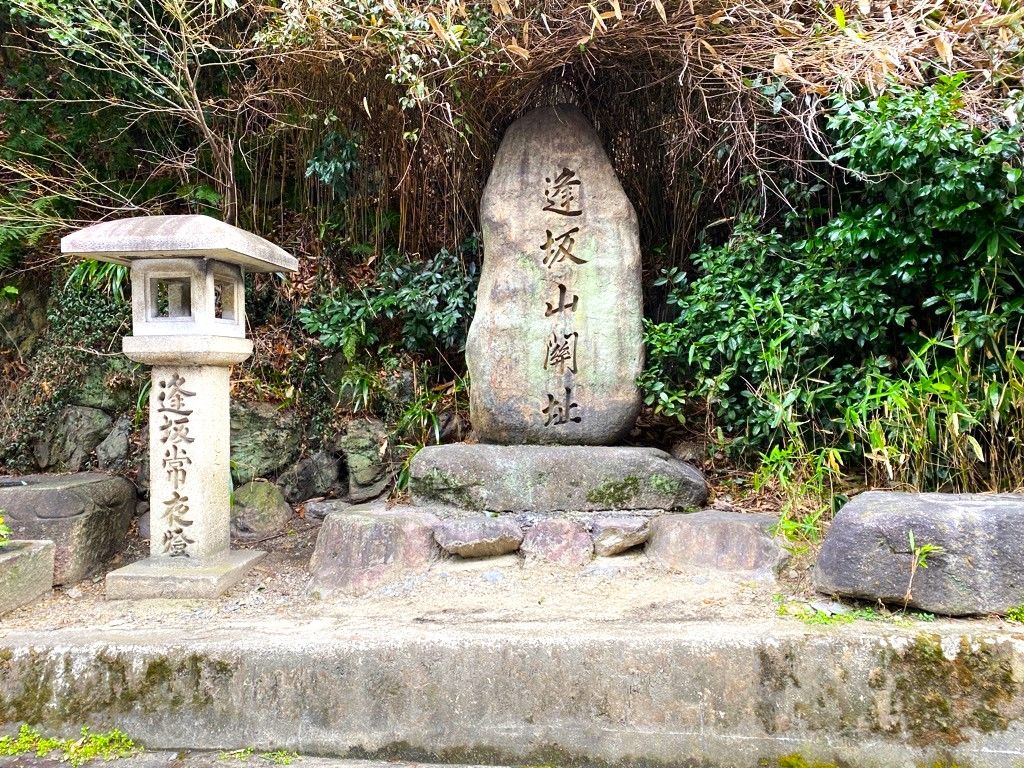
The Ōsaka Barrier acted as the border between the provinces of Yamashiro (now Kyoto Prefecture) and Ōmi (now Shiga Prefecture). (Courtesy Shiga prefectural government)
Getting there: 3 minutes on foot from Ōtani Station on the Keihan Electric Railway Keishin Line or 15 minutes on foot from Ōtsu Station on the JR Tōkaidō Line.
Shirahige Shrine (Takashima)
Shirahige Shrine (literally meaning “white beard shrine”) is associated with a god of longevity. In 996, Murasaki’s father Fujiwara no Tametoki was assigned to become governor of Echizen province (now Fukui Prefecture), and she traveled with him along the west bank of Lake Biwa. The author is thought to have stayed near Shirahige Shrine and a waka poem she wrote at that time, about watching the fishermen pull their nets and feeling homesick for Kyoto, is inscribed on a monument on the shrine grounds.
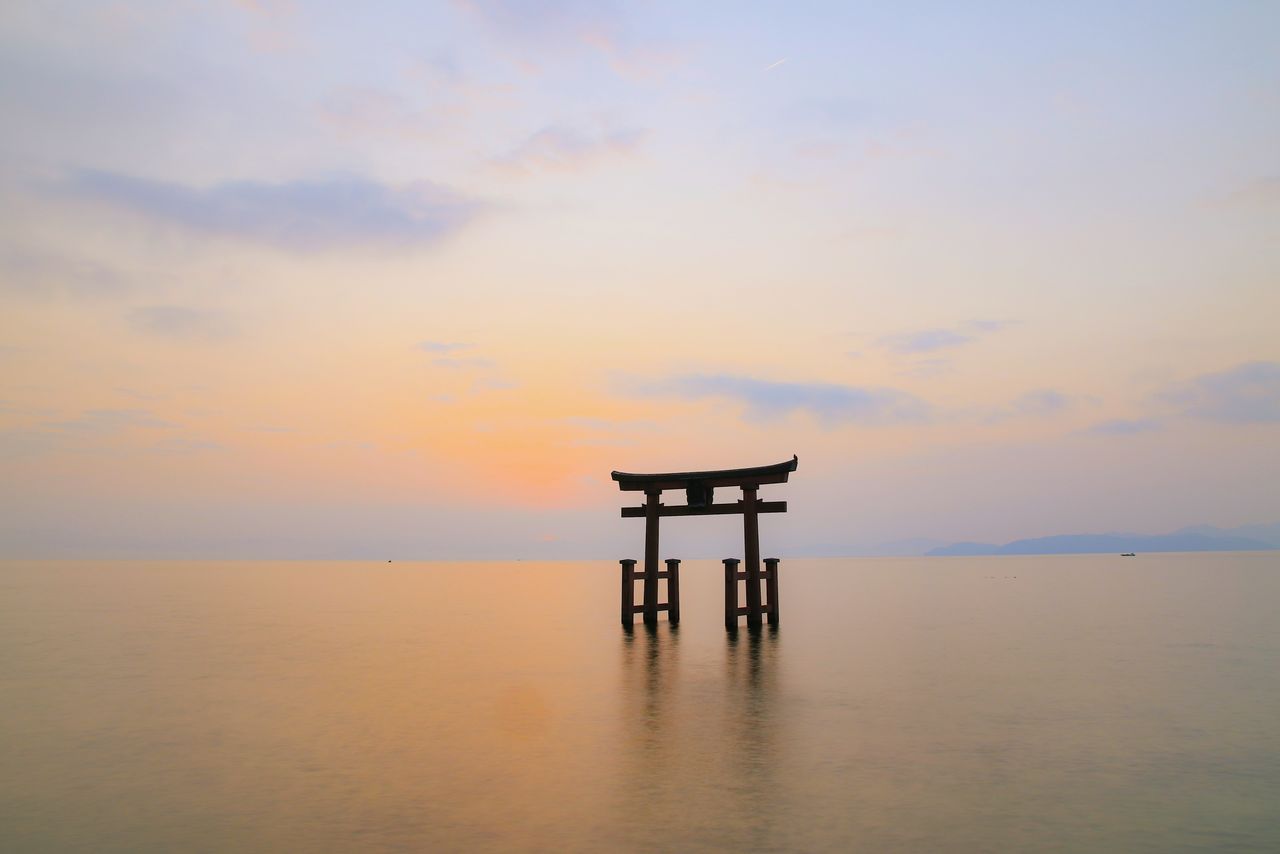
Shirahige Shrine’s vermilion torii seems to float on Lake Biwa. (Courtesy Shiga prefectural government)
Getting there: 40 minutes on foot from Ōmi-Takashima Station on the JR Kosei Line.
Murasaki Shikibu Train
Fans of Shikibu will want to catch a ride on a special JR train in the area that features designs showing pilgrims to Ishiyamadera and the writer finding inspiration while looking at the full moon. Inside, there are waka poems and pictures of local scenery. The six-car train runs daily between Maibara in Shiga Prefecture and Kamigōri in Hyōgo Prefecture.

Artist’s impression of designs on the outside of the train. (Courtesy Ōtsu municipal government)
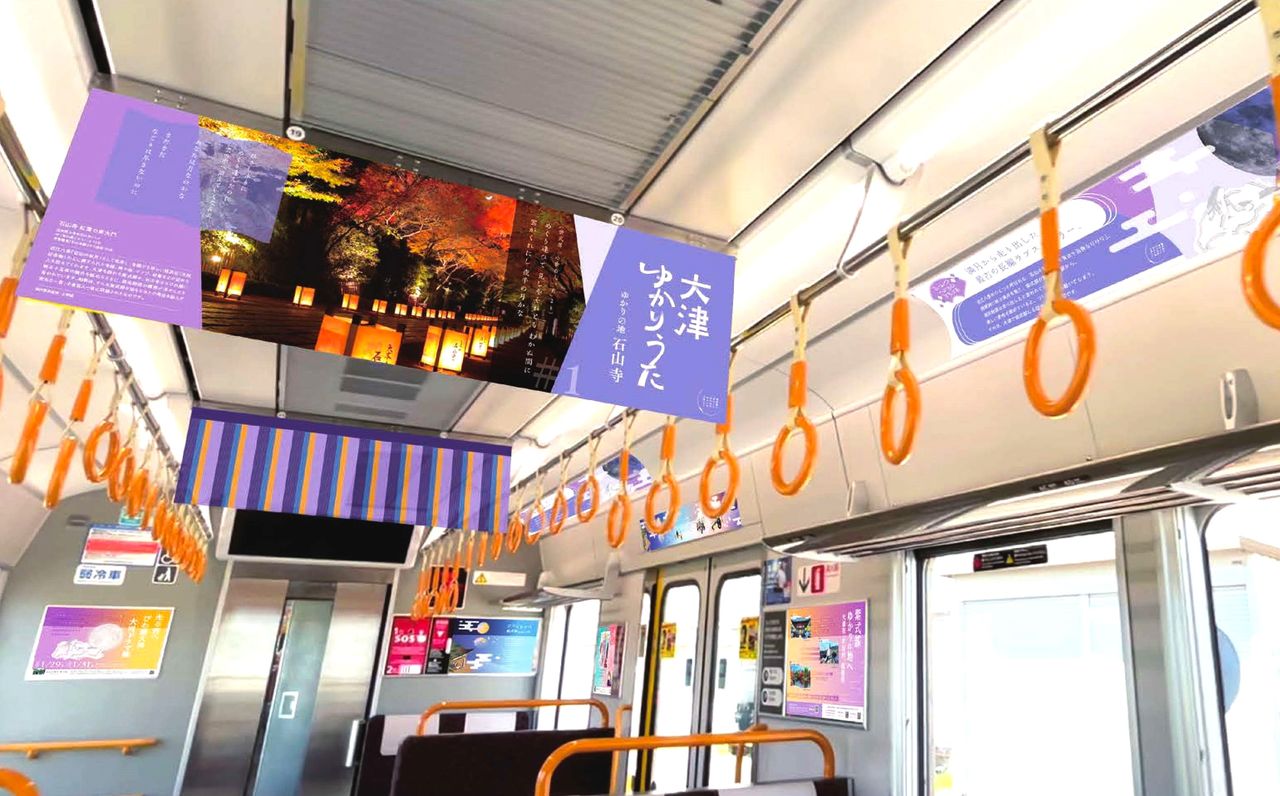
Artist’s impression of the train interior. (Courtesy Ōtsu municipal government)
(Originally published in Japanese on February 4, 2024. Text by Nippon.com. Banner photo: Ishiyamadera, the temple where Murasaki Shikibu is said to have had the idea for The Tale of Genji, while on retreat. Courtesy Shiga prefectural government.)
